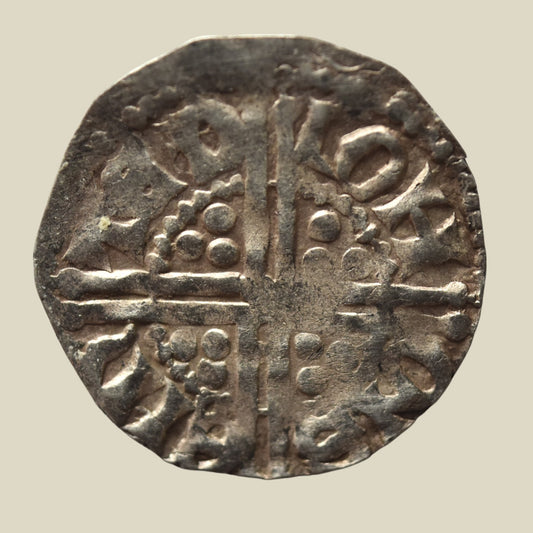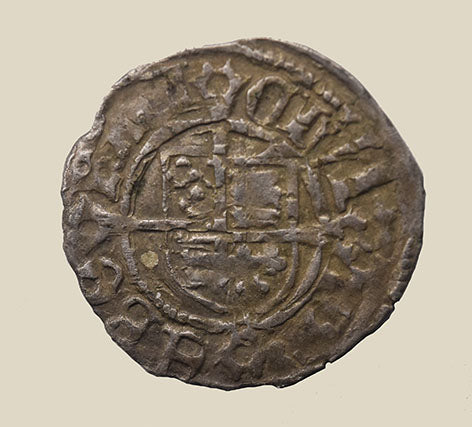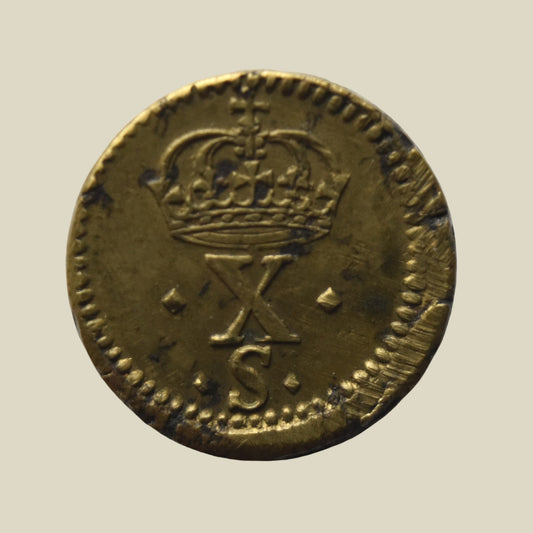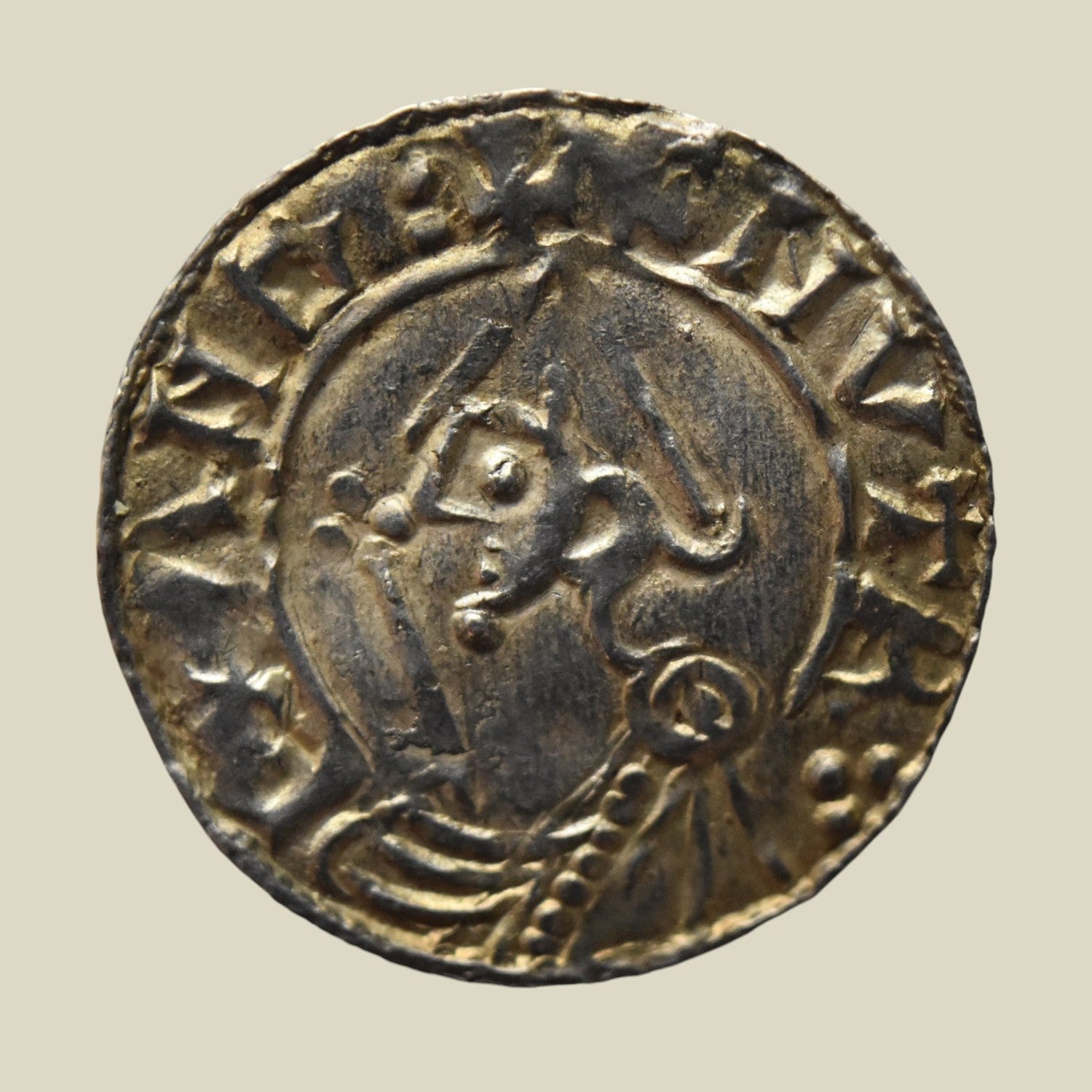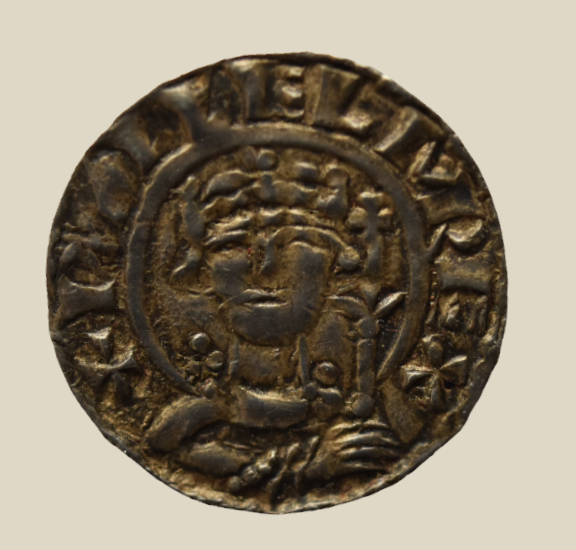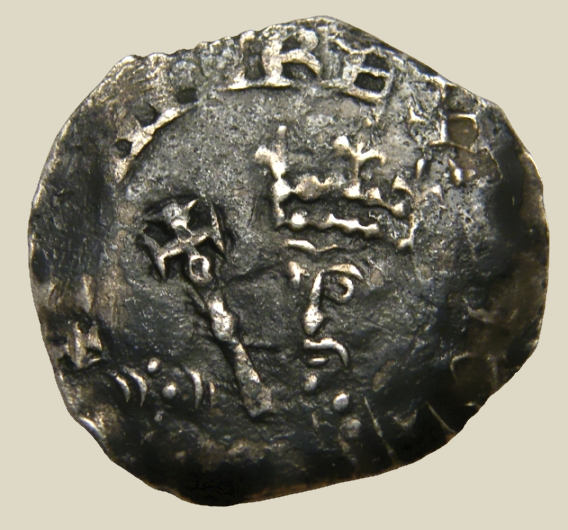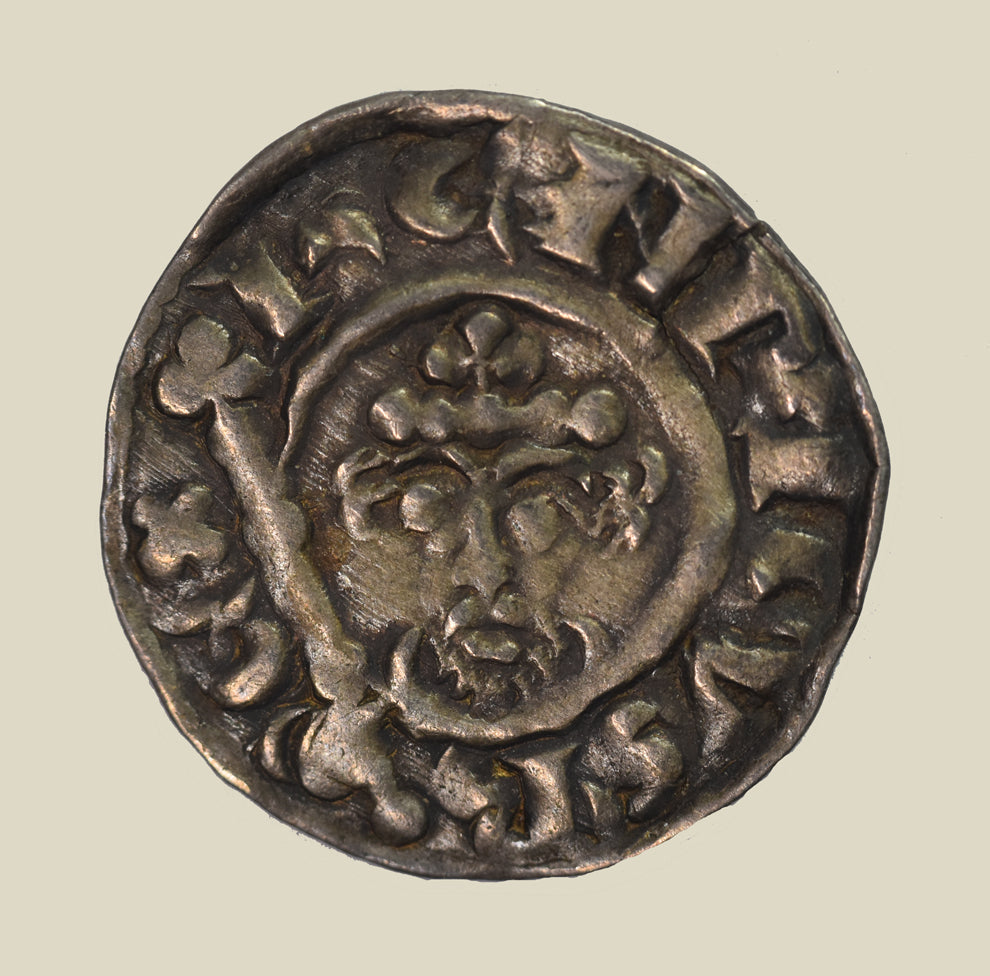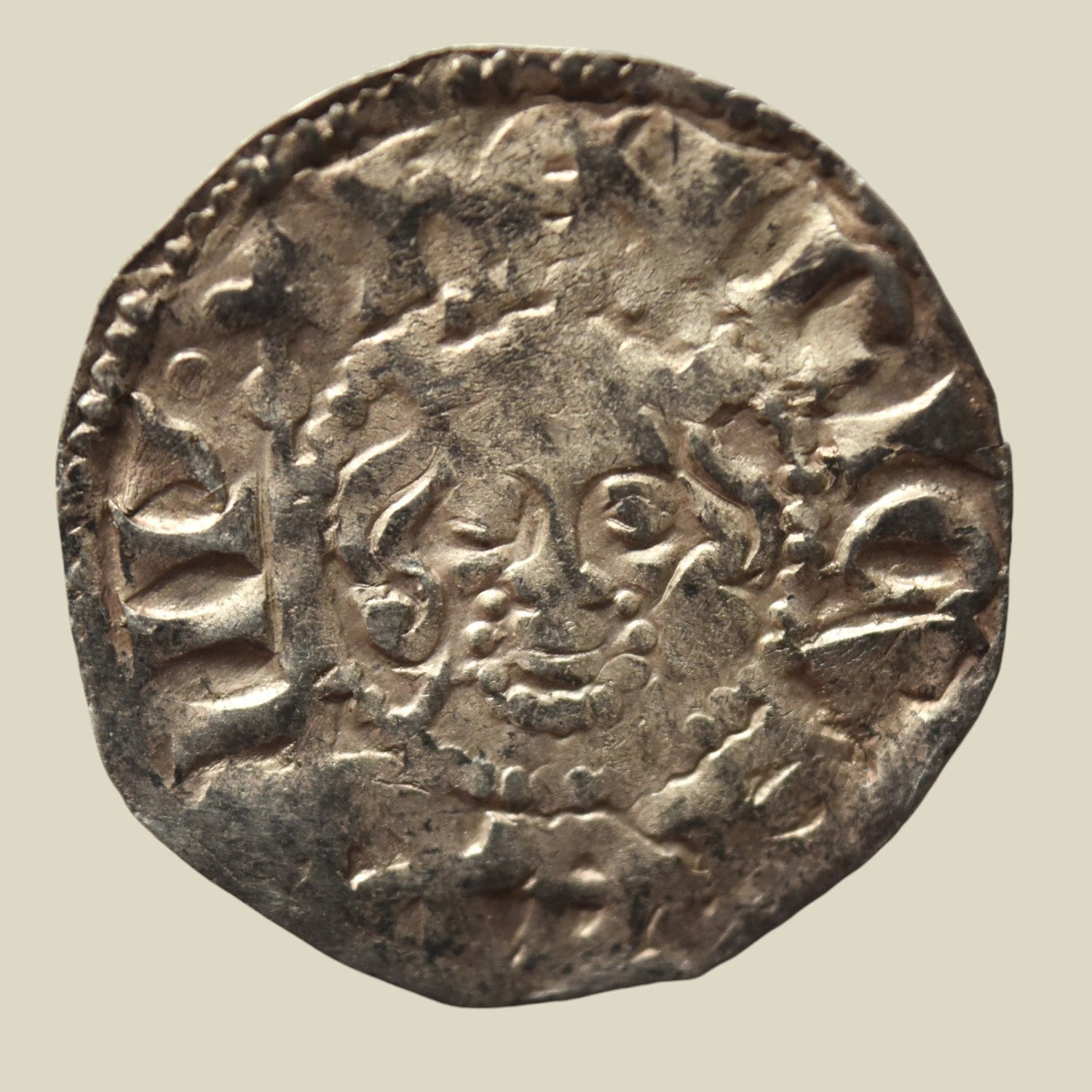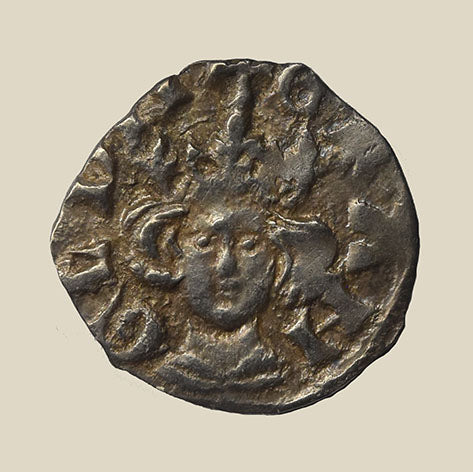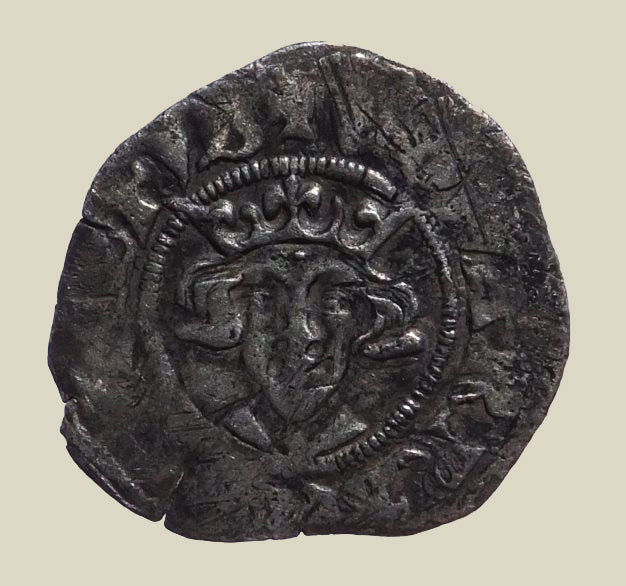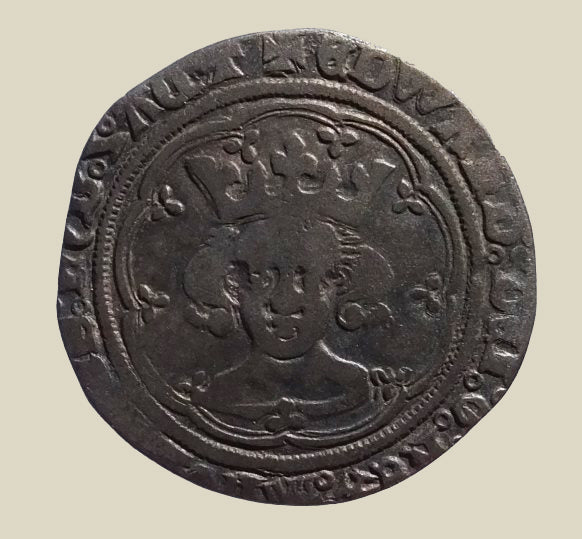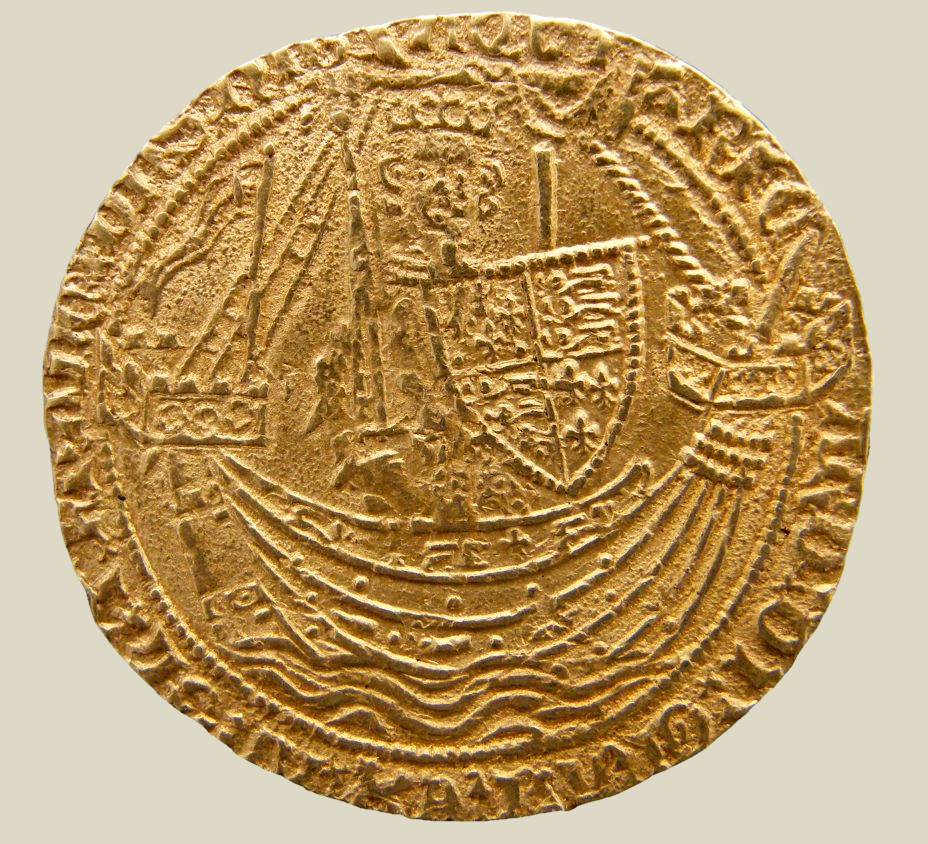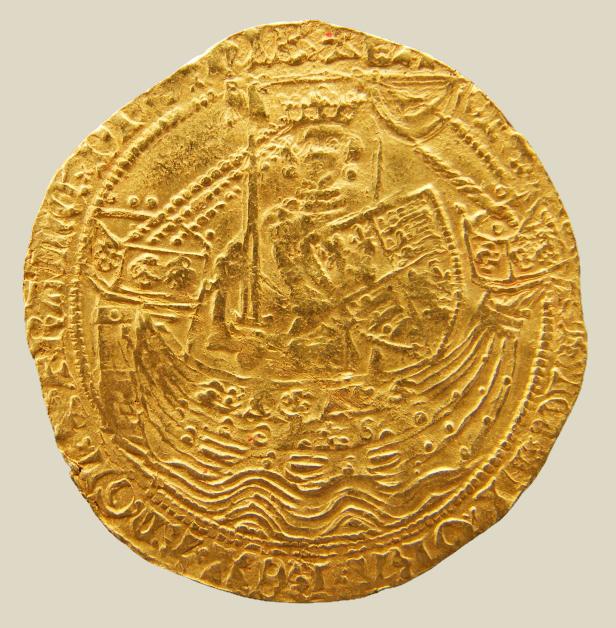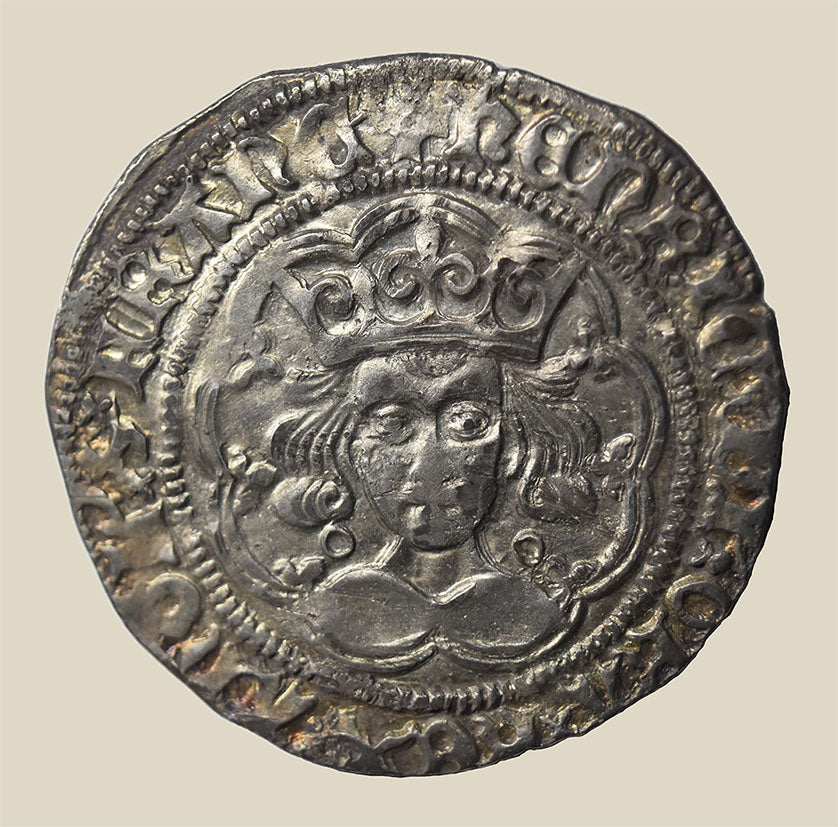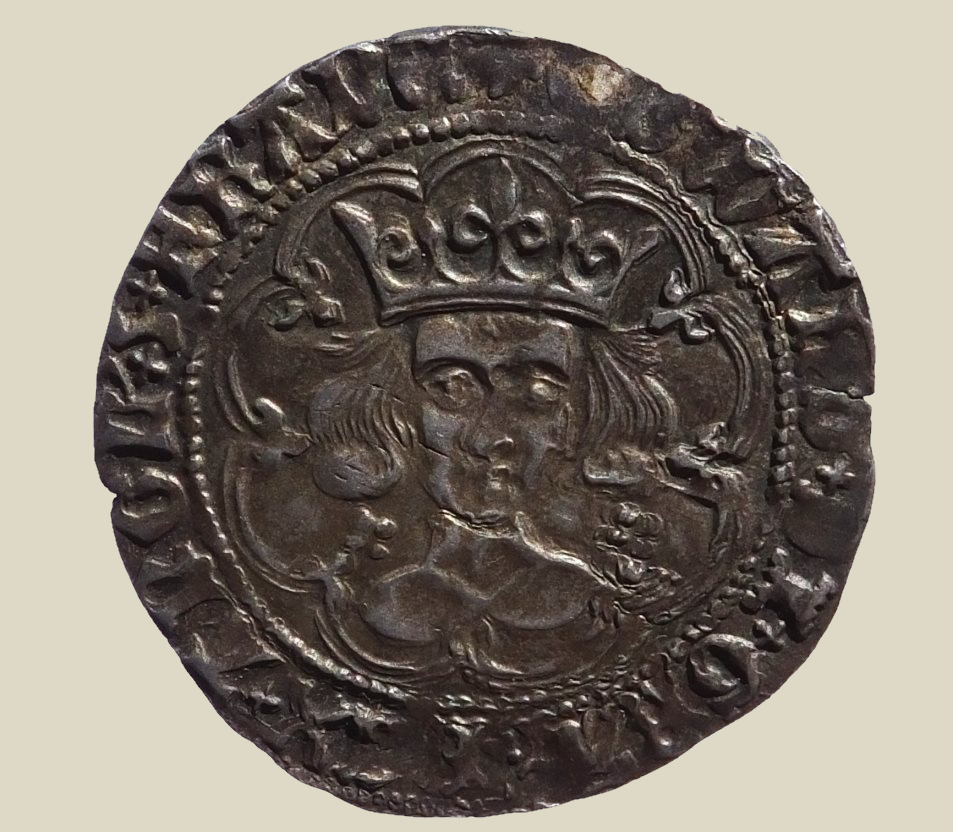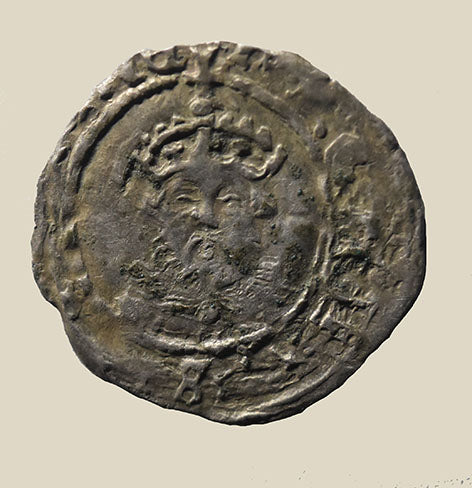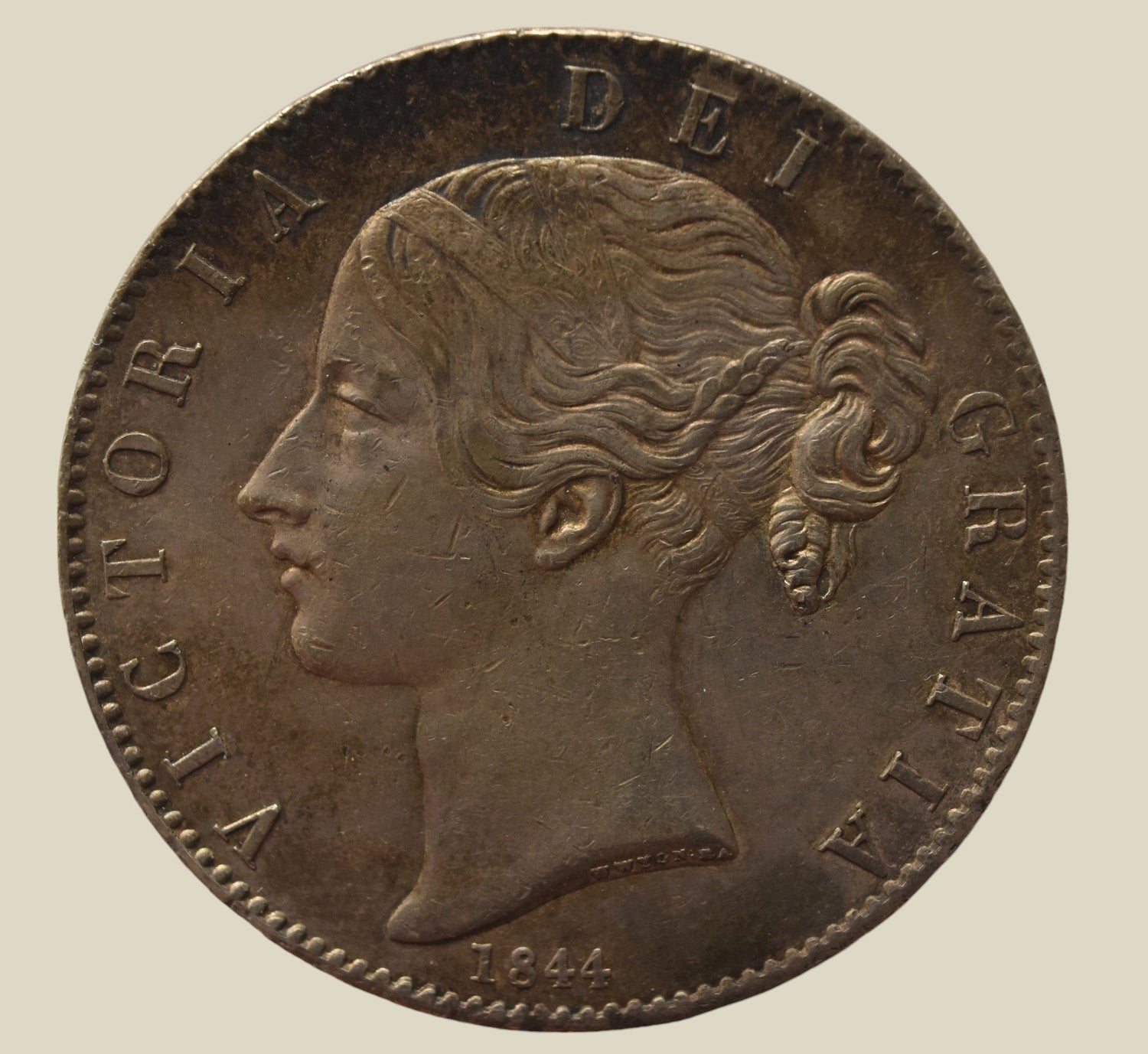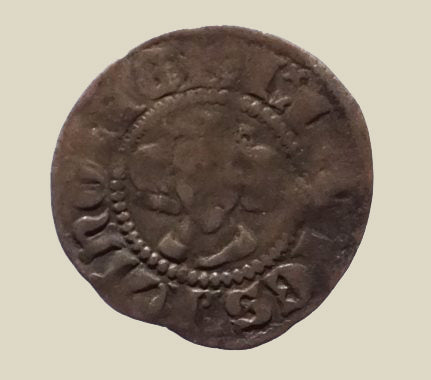Welcome to Historic Coinage
Coins from the heart of historic England. Coins & curios for sale spanning a thousand years.
Featured Coins
-
William I the Conqueror Paxs Penny of Winchester
Regular price £995.00Regular priceUnit price / per -
Edward I Voided Longcross Penny Class VI - Posthumous Henry III
Regular price £145.00Regular priceUnit price / per -
Henry VIII Facing Bust Penny York
Regular price £185.00Regular priceUnit price / per -
Charles I Double Crown 10 Shillings Coin Weight
Regular price £70.00Regular priceUnit price / per
1
/
of
4
"I've been buying coins online for quite a number of years and this has been by far the best experience I've had." - Nancy, USA
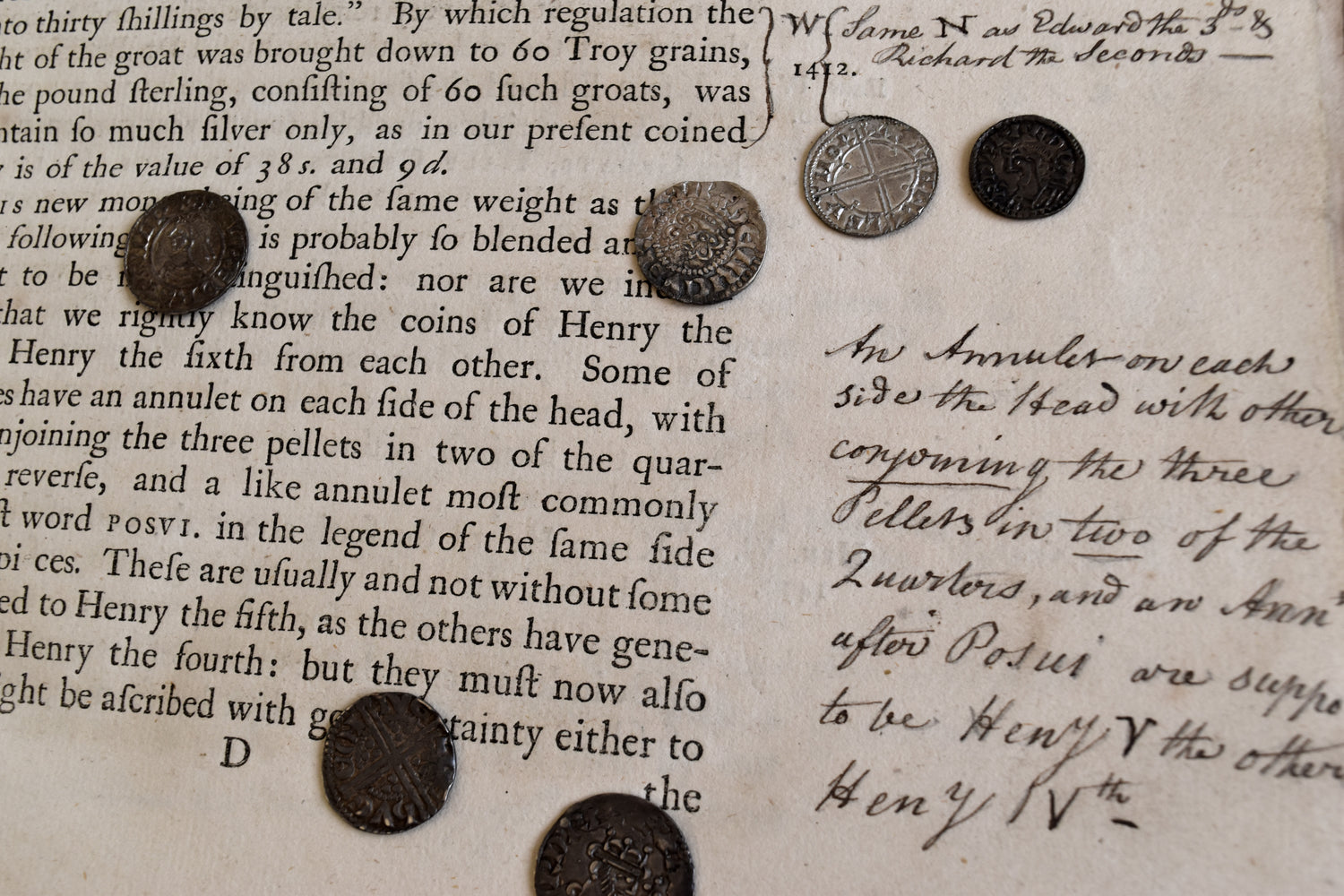
Historic Coinage is based in the heart of historic England with the aim to offer hammered coins, milled coins and antiquities to all numismatists and history enthusiasts around the world.
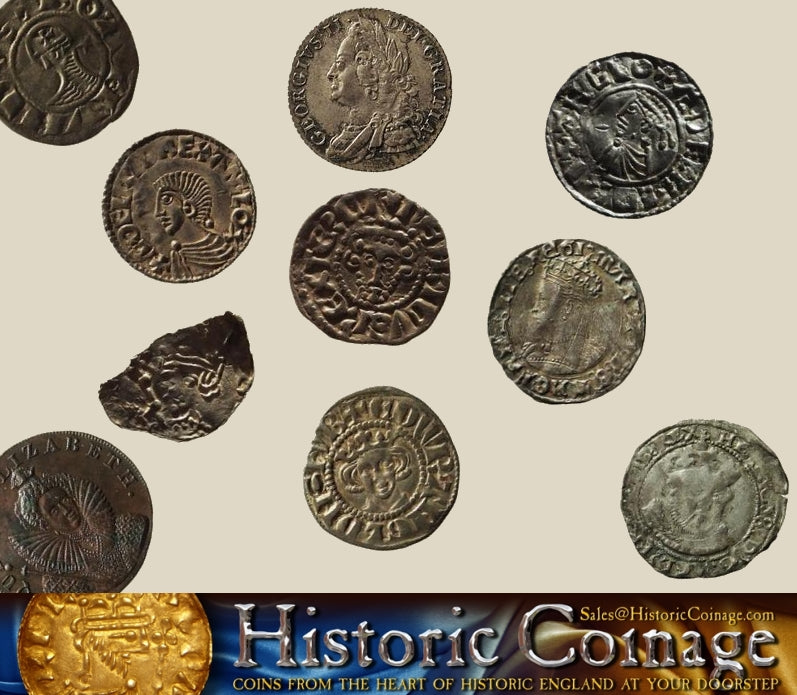
Coins from all eras & mints
Browse CategoriesCategories
-

Recently Added
Here you can find the latest coins added to Historic Coinage.
-

Stuart & Commonwealth
Coins for sale from King James I, Charles I, Cromwell's Commonwealth and...
1
/
of
17



